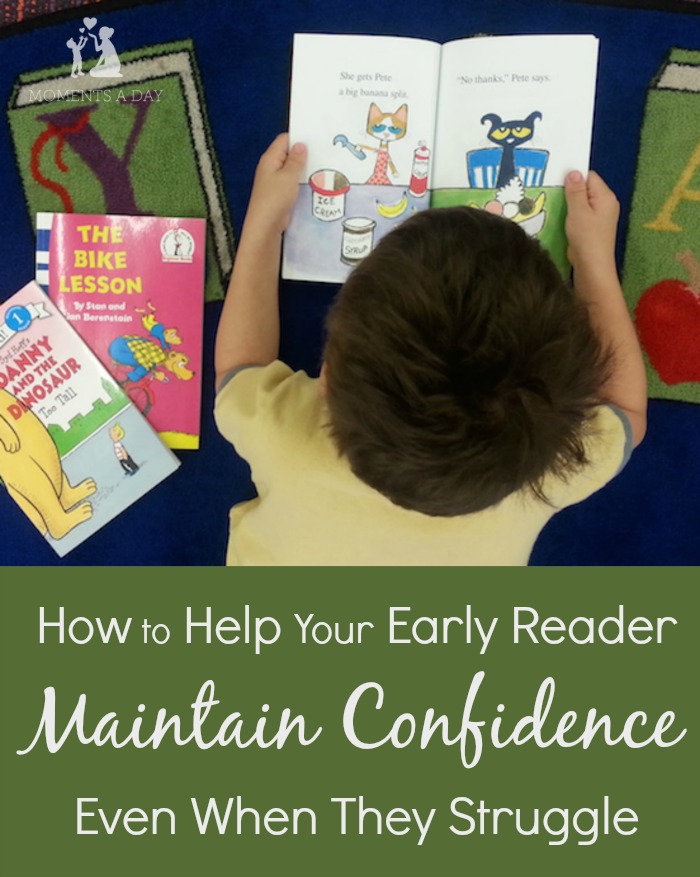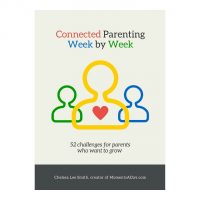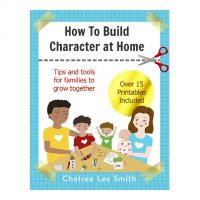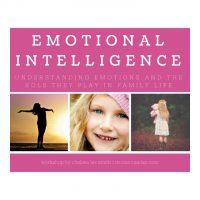Summary: Tips and advice about how to help early readers maintain confidence and develop a love of reading.

My younger son has entered his first year of formal education and, for most kids, this milestone means learning to read. This is the first time I am officially taking on the teacher role since we are homeschooling while we travel around Australia, and one of my highest priorities as a homeschooling parent is that my children maintain a love for reading. I know this will influence their desire to learn for their entire lives.
I think it is hard for any younger sibling not to “feel behind” at times, and unfortunately our reading time is not always as smooth sailing as I had hoped it would be. My son really wants to learn to read like his older brother, but he is just not finding it incredibly easy at the moment.
Today I am grateful to share a Q&A with Ryan Spencer, Dymocks Literacy Expert and State Director of the Australian Literacy Educator’s Association, who has helped to shed some light on teaching kids to read in a positive way. I appreciate his emphasis on helping kids enjoy reading instead of worrying about what level they are achieving. I hope you get as much from his answers as I did.
How can you help children maintain confidence when they are struggling with reading?
Reading is a developmental process, and one where different children progress at varying paces. Avoid the temptation of comparing your children’s reading level with other kids the same age, as that’s not necessarily a reliable indicator.
Learning to read is a complicated process and so it’s absolutely normal if children find it challenging at one point or another. There is no one-size-fits-all approach or single formula to success. Instead of solely focusing on reading progression, ditch the stress and pressure, and engage your child to enjoy reading for pleasure first.
Encourage them to pick books of their own choosing and on topics and storylines that interest them. Avoid restricting book choice or picking books you think match your child’s reading level. Children often perceive this as an indicator of their reading capability and therefore meet that low expectation. When you break away from limitations and allow children to choose what they want to read, their self-efficacy towards reading increases, which can help to improve their reading ability and confidence in the long run.
Are there any phrases or actions should you avoid when working with a beginning reader?
Here are some pointers:
Avoid giving away the answer too quickly.
When a child comes across a word they don’t know while reading, often they look to us for help. Whilst it’s tempting for parents to give away the word to speed up the reading process, this is in fact an unsustainable strategy. Encourage your child to use the pictures for a clue, or even leave the word and continue reading. By refocusing the child’s attention back to the meaning of the text, the content of the text will help fill in the blanks.
Don’t cover the pictures.
There’s no doubt that children love pictures and can sometimes spend quite a bit of time analysing them in great detail. However, contrary to common perception, pictures aren’t distracting, they are aiding in their comprehension of the story. When a child is looking at the pictures, they are essentially gaining valuable information about the meaning of the text. Before you start any reading session, encourage your child to have a quick flick through the text before reading. Allow them to observe the title and the pictures, and have a mini discussion prior to getting started.
Don’t teach the book.
The best way to engage beginner readers is to make the act of reading fun and enjoyable. If you put too much pressure on your child in terms of reading progression and learning words, this can eventually put them off reading. Let your child choose what they want to read, read together with funny voices or take turns to read different characters. Once you’re done, talk about your favourite characters and which part of the story you both loved the most.
What books do you suggest beginning readers start with?
There are no rules when it comes to choosing books to practice reading, as long as the book is enjoyable, and chosen by children. Children tend to choose books that they are interested in reading, which sets them up for reading success. If your child chooses a book that is too hard for them to access independently, read that book together first, before suggesting other easier options. This way you aren’t dismissing your child’s choice and you are helping to guide them into reading supportive books that are at their level.
How can you foster a love of reading in children?
One of the best ways to foster a love of reading in children is to read with them every day and to make it an activity the whole family is immersed in. Set aside a time every day for the whole family to read a book together, followed by a fun family discussion afterwards.
Some other tips include:
Consider the location.
The physical location can make a real difference to how reading is perceived and enjoyed. For example, don’t get your kids to read where they do their homework. Rather, make it a place and time that is quiet, safe and warm. When the location and process of reading feels relaxing, children are more likely to engage with and enjoy the task at hand. Feel free to explore different reading locations to keep things exciting, whether it’s the lounge room floor, outside under the tree in the backyard or even at the park.
Give books as gifts.
Make books an exciting component of your child’s life. Whether it’s gifting them books on special occasions like birthdays and Christmas or encouraging them to lend and swap their books with friends, parents should promote the notion that more books in the house can never go astray.
Be flexible and encouraging around the reading process.
Don’t make reading a rigorous or structured process. Let your child decide how they would like to read, whether it’s to read aloud or silently. When they come across a word they aren’t sure of, always wait and give your child a chance to figure out the word on their own Ask questions to encourage them to dig for clues and probe them with pictures and other hints, so that they can explore the broader meaning independently.
Finally, as mentioned previously above, it’s vital that you let your child choose what they read. As adults, we rarely feel obliged to finish a book we don’t enjoy, and so we shouldn’t enforce this on our children either. Letting your children choose their own books paves way for them to develop into strong, self-sufficient readers.
Here are some title recommendations from Dymocks.
For toddlers and under 5’s, Dymocks recommends:
- The Day the Crayons Quit by Drew Daywalt
- Diary of a Wombat by Jackie French
- The Gruffalo by Julia Donaldson
- Where is the Green Sheep by Mem Fox
- Pig the Pug by Aaron Blabey
For children aged 5 + (between Kindy or Year 1) and are learning to read, Dymocks recommends:
- Billie B Brown series by Sally Rippin
- Hey Jack series by Sally Rippin
- Oh the Places You’ll Go by Dr Seuss
- Clementine Rose and the Special Promise by Jacqueline Harvey
- The Cat on the Mat is Flat by Andy Griffiths
What other tips or experiences do you have about supporting early readers?
You may also enjoy…
Is Your Smart Child Feeling Discouraged? Find Out How a Growth Mindset Can Help
Our family was sent a selection of books from Dymocks to enjoy reading together. All opinions are my own. To read more about sponsorship on my website, visit this page.



Beautiful , practical yet so insightful , thank you Chelsea for sharing
Thanks for your lovely feedback 🙂
Chelsea, this couldn’t have come at a more perfect time. I’m going to share this to the Kindy facebook group! It’s so fabulous.
So glad you found the post useful 🙂
Such great advice Chelsea! So many children and parents alike struggle to know what is ‘normal’ when learning to read. Developing a love of reading is key, the mechanics will follow in time.